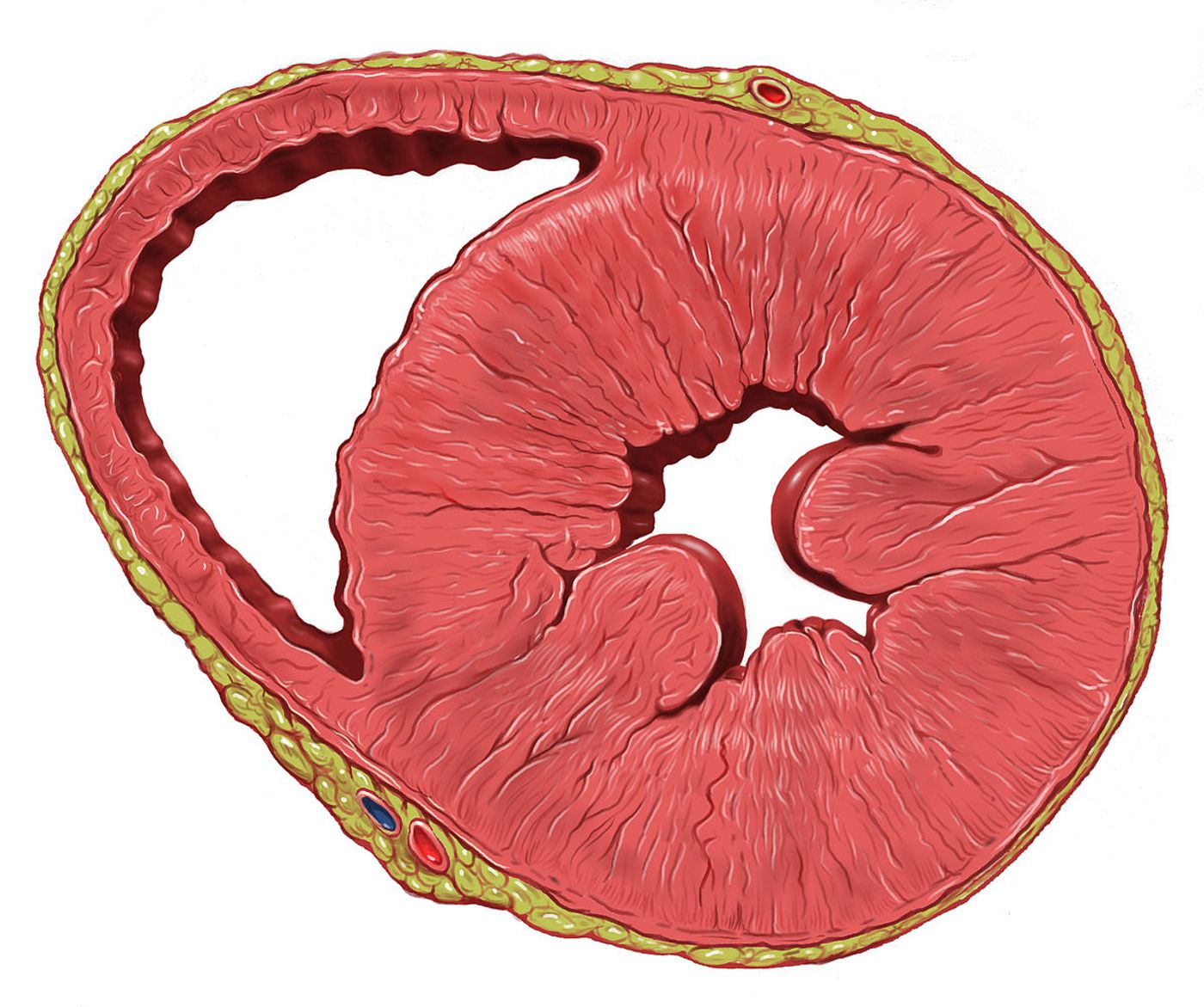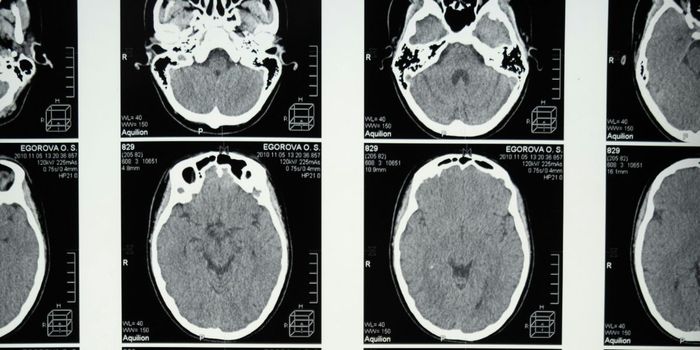Childhood Asthma Linked to Heart Disease Later in Life
For the first time, the history of asthma in childhood has been associated with an increased risk of left ventricle thickening in adulthood, a heart condition called Left Ventricular Hypertrophy (LVH). While many questions have yet to be answered involving what specific mechanisms lead to LVH as a person with asthma grows older, this study adds to the collection of literature connecting asthma and cardiovascular conditions.
LVH is a unique heart condition characterized by the muscle tissue thickening over time as a result of being overworked. The common cause is hypertension, with other causes including athletic hypertrophy, valve disease, hypertrophic cardiomyopathy, and congenital heart disease. LVH develops over time, and most symptoms occur only when the condition begins to cause complications. Symptoms include shortness of breath, chest pain, and fainting; LVH can lead to heart failure. LVH is normally diagnosed via an echocardiogram after an individual’s electrocardiogram shows some abnormal results, and treatment depends on the cause of the condition. For example, hypertensive LVH is treated by regulating blood pressure through lifestyle changes and medication.
In a study analyzing 1118 responses to an asthma history survey and including 10 years of follow-up, researchers saw a clear association between a history of asthma and two measurements that indicated LVH as compared to people without a history of asthma: “higher adjusted mean left ventricular mass” and “left ventricular mass index.” Additionally, the connection between asthma and LVH was the strongest when the study participants had prehypertension or hypertension.
"Our findings suggest aggressive lifestyle modifications or even pharmacological treatment may be applied to people with a history of asthma, especially those also affected by high blood pressure, in order to lower cardiovascular risk," said senior author Lu Qi, MD, PhD from the Tulane University Obesity Research Center.
Many questions still need to be answered. "All we know is the difference in left ventricular mass between those who did and did not have a diagnosis of asthma years before echocardiography was performed," explained John S. Gottdiener, MD from the University of Maryland School of Medicine. "We look forward to further studies which will accurately determine the association of asthma with death, heart failure, myocardial infarction and stroke.”
In the meantime, the prevalence of asthma continues to rise. Currently 8.6 percent of children and 7.4 percent of adults have asthma. Now scientists need to answer these questions with the goal of providing prevention interventions for young people with asthma: What qualities of the “asthmatic exposure,” like severity and length of the condition, particularly affect the risk of heart disease? What mechanisms specifically connect these two afflictions?
The present study was published in the journal JACC: Heart Failure.









